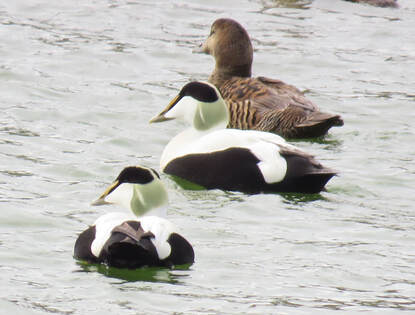 Male and a female eider, 13 April 2015
Male and a female eider, 13 April 2015 The day is enriched by memories of other days, other seasons when the elements created a different mood. When flora and fauna showed in seasonal variation, might appear, might not.
In April 2015 we came to South Walney hoping for eider and witnessed their spring courtship behaviour. Their soft cooing rose from pools about the Oyster Farm and I've never seen so many.
‘Invaders Old and New,’ declares an interpretative board. The Vikings were here. Eider duck nest on Walney and on nearby Foulney and Sheep Island. They arrived at ‘their most southerly breeding location in Britain’ in 1949. Nesting on the shingle banks, eider, tern and ringed plover are vulnerable to disturbance, so dogs are not permitted and visitors are asked to keep to way-marked trails and to observe from the hides. Too long, too close an interest and ground-nesting birds may fail to thrive. They settle for predictability, it’s the unexpected disturbance that spooks them. Numbers of eider are falling because females sit tight on their nests when foxes and badgers predate, so there are six to seven males to every female. We learnt this in talking with wardens hammering in posts for an electric fence to protect the gull colony. It’s not a strategy that would work for the eider because of their habit of leading their young from the nest onto the water. We had returned to see the eider drakes, distinguished by their napes of pistachio green, and their soft cooing accompanied us through the stillness of the April day. I return to Walney Island again and again, enthralled by perspectives of Piel Castle and Walney’s shingle banks with tide-mark scrawling. It’s a harsh and dynamic environment, this natural sea defence of shingle flung about by winter storms. But that bare shingle look is deceptive. Closest to sand and mudflats, comes a band of seaweed, shells of crab and whelk, a few feathers. Next is the pioneer zone of specialised flora, plants that must adapt and change their habit to survive inundation and salt spray, sinking deep roots in search of fresh water and storing it in fleshy leaves. Shingle flora clings close in a net of strands flung over sea-rounded pebbles, inconspicuous until it’s beneath your feet – a strange and subtle flowering and fruiting
Extract from Cumbrian Contrasts: The Duddon Estuary ( copyright)
On the long, slow drive down to the South Walney Nature Reserve ragwort is spectacular, great sweeps of yellow flowers, a rich food-source for the caterpillars of cinnabar moth. The salt marsh has tints of sea-lavender, delicate lavender flowers with big leathery green leaves where muddy channels thread into the Piel Channel and out toward Piel castle which dominates the landscape. A flock of eider sits by what’s left of the pier. Males are dark brown with smudges of white on tail and breast. The immaculate bold pattern of spring black and white with a flush of rose on the breast and pistachio green on the nape is gone. The breeding season is over and birds are in eclipse plumage. Cloudscapes and perspective are captivating as the shingle spit curves away before us toward the old pier and ruined castle. The light is rarely so fine, the day so clear. There are big skies and sunlit cloudscapes with vistas over the island. To the south we can make out Blackpool Tower and to the north is an off-shore wind-farm where the turbines show like sculptures.
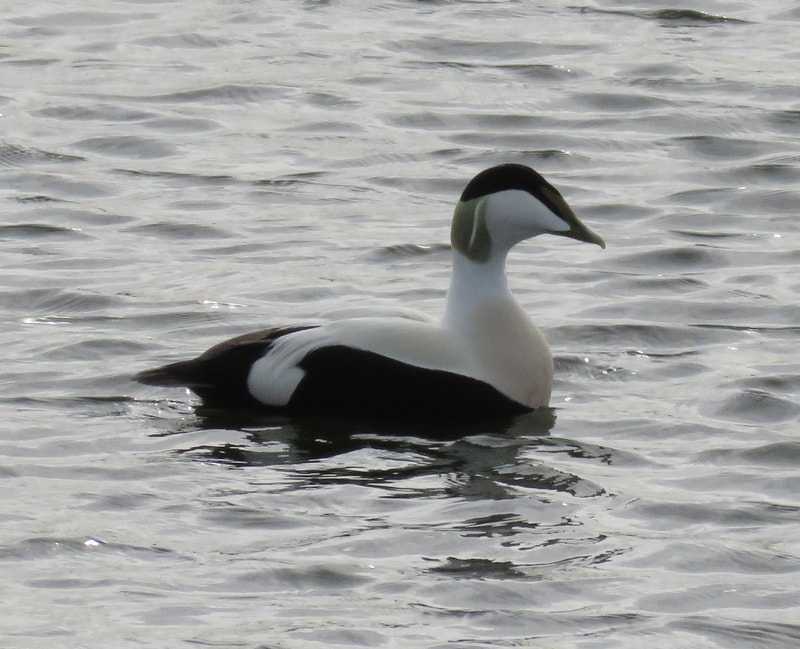
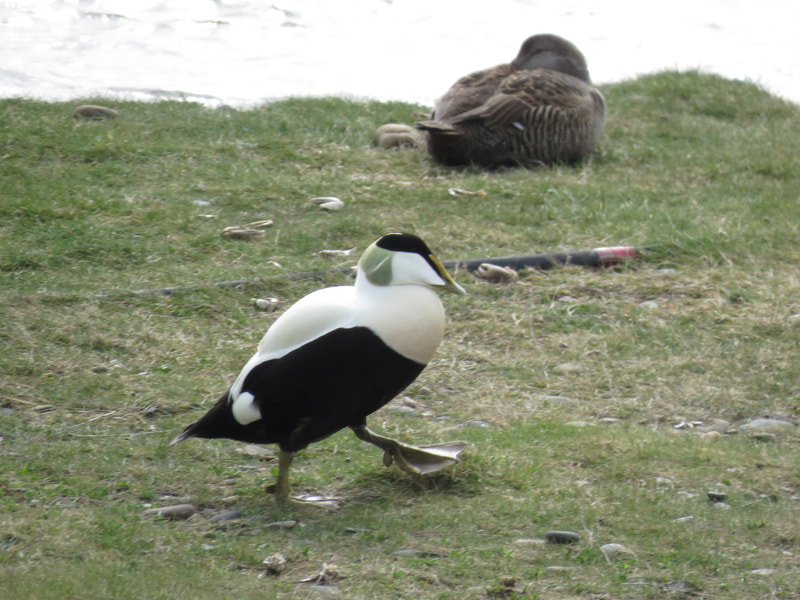
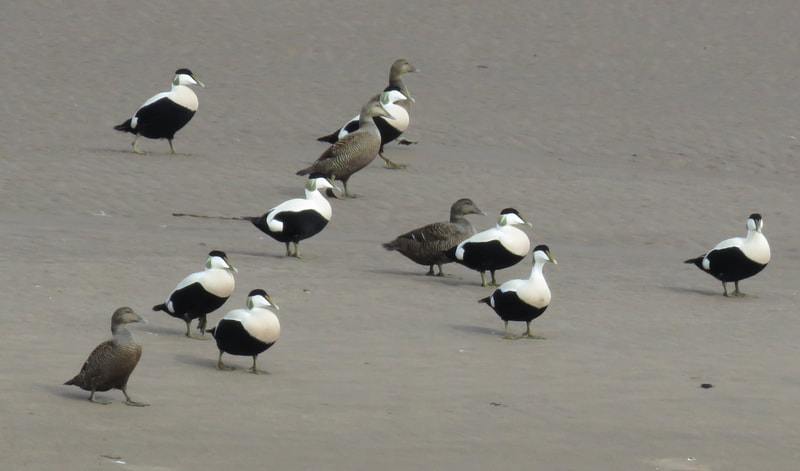
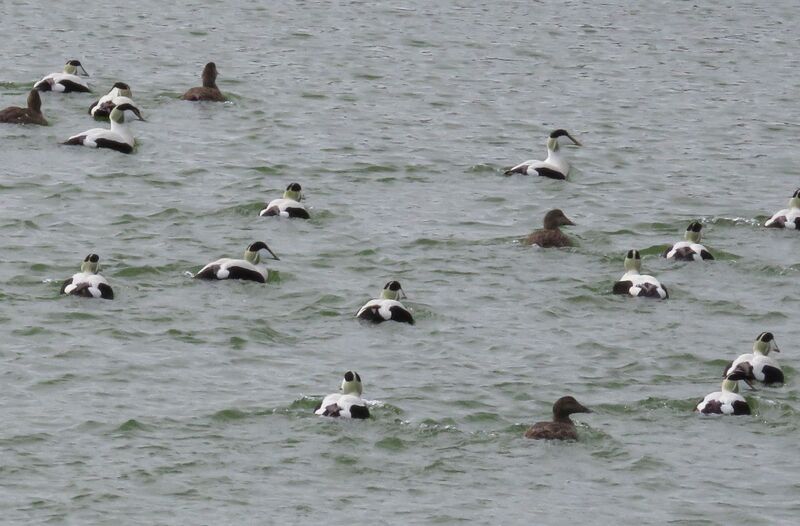
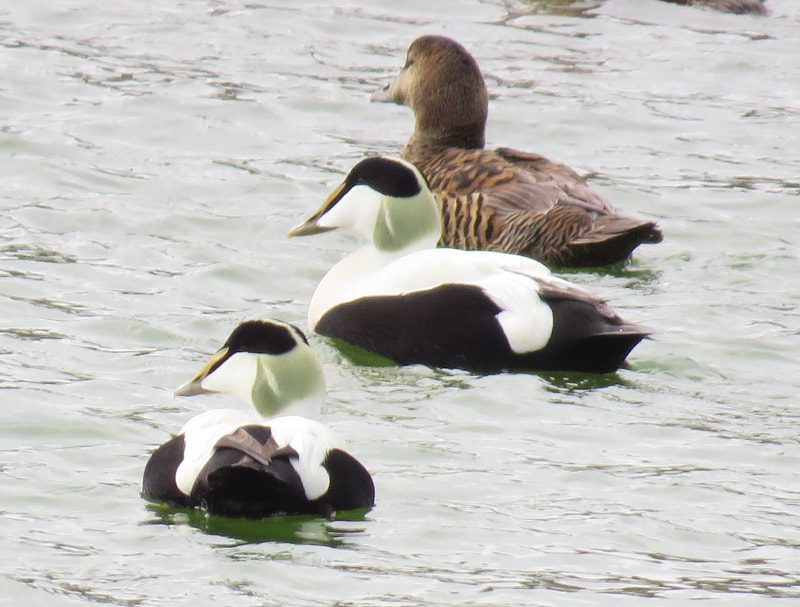

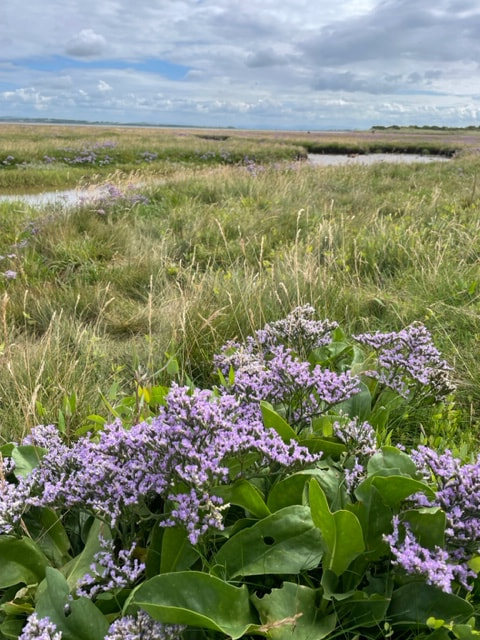
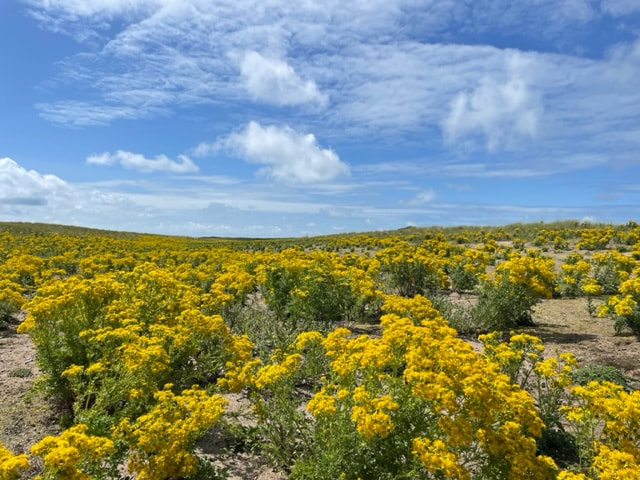
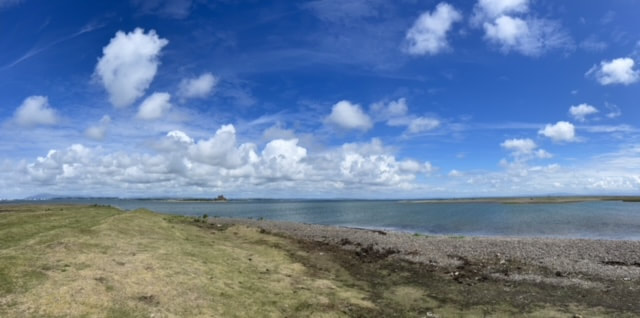

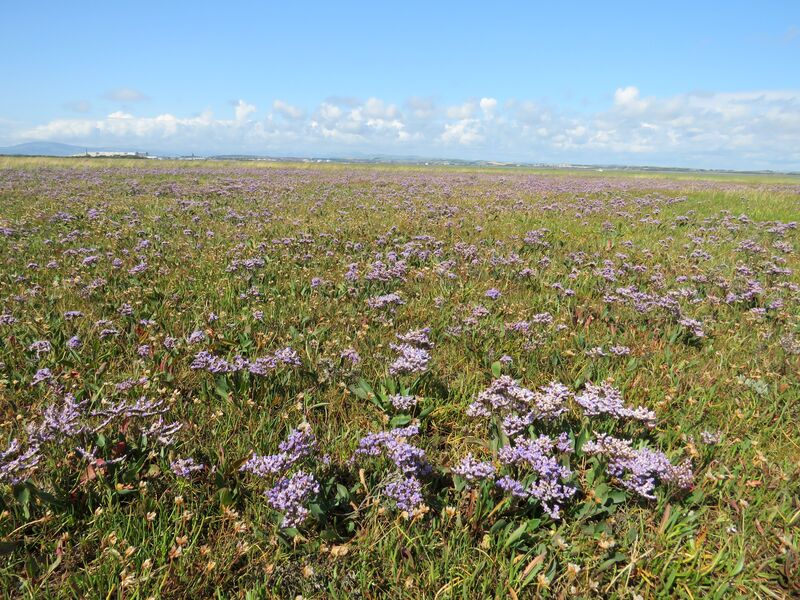
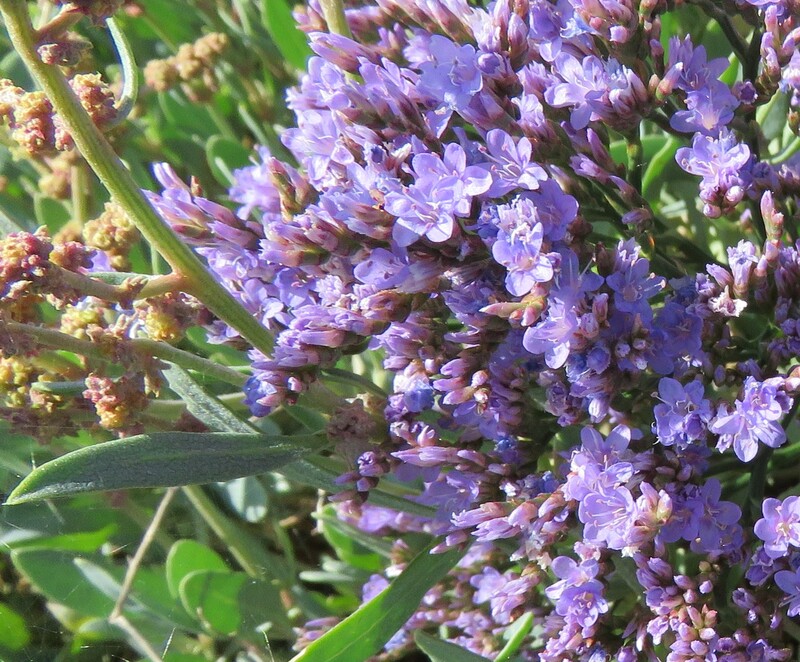
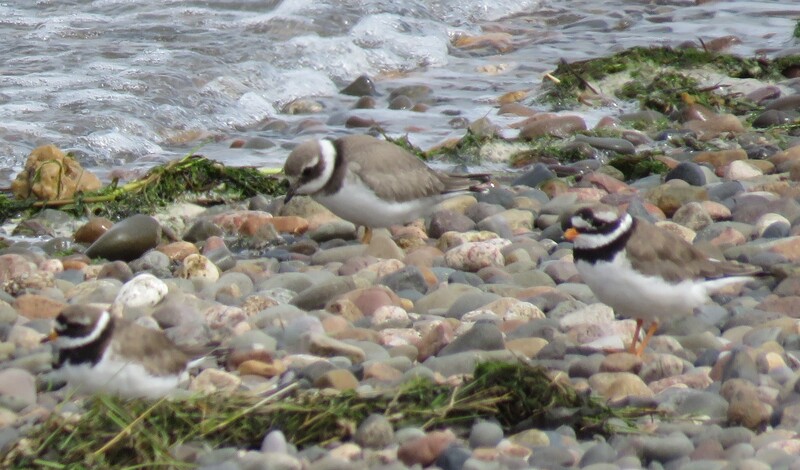
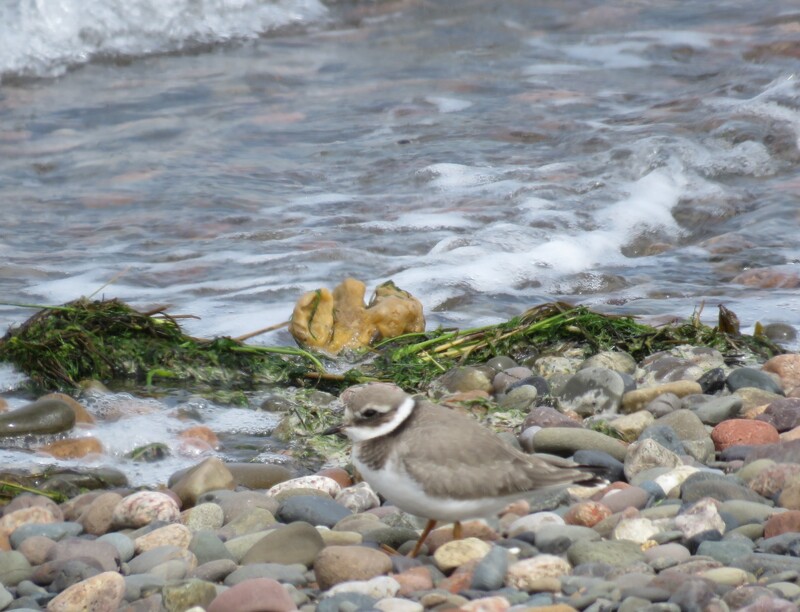
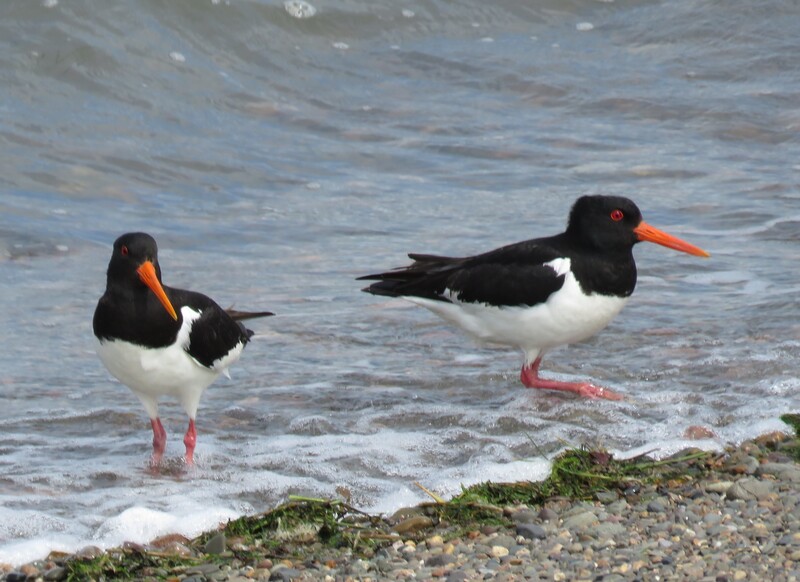
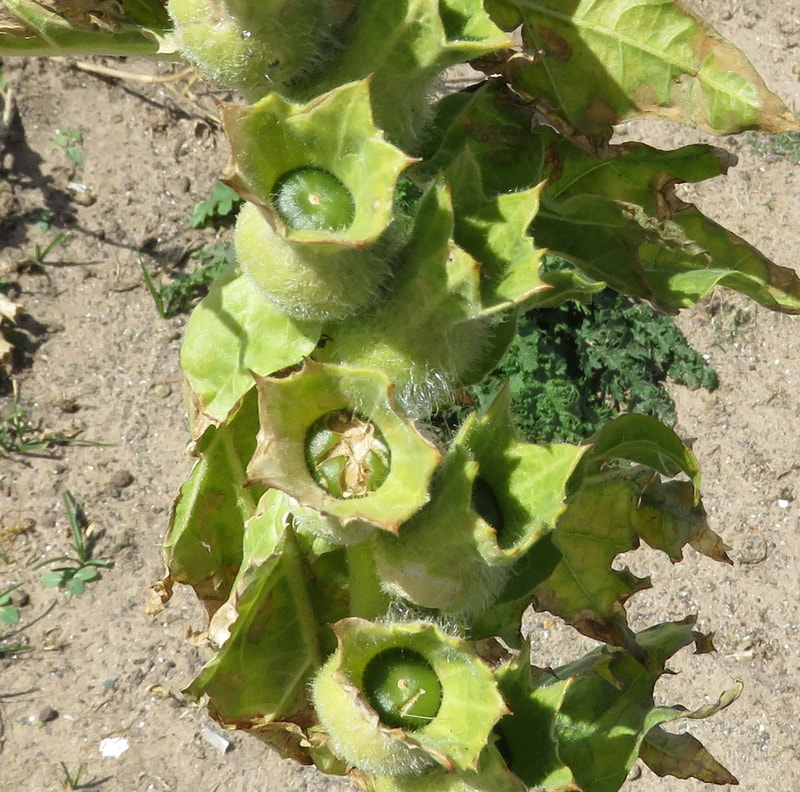
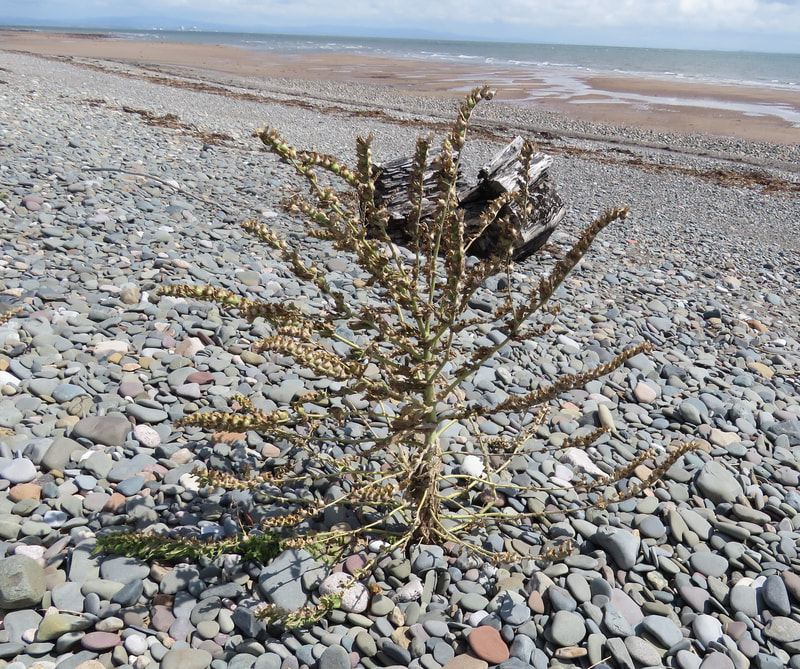
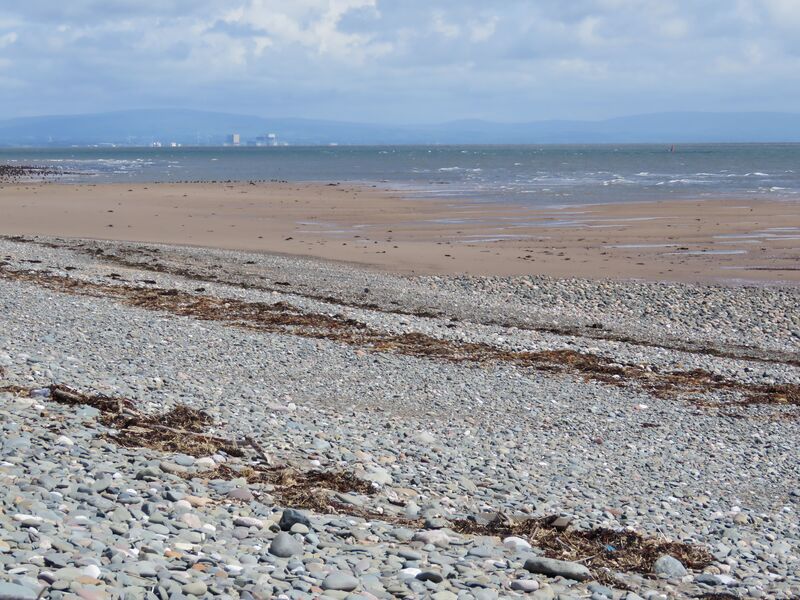
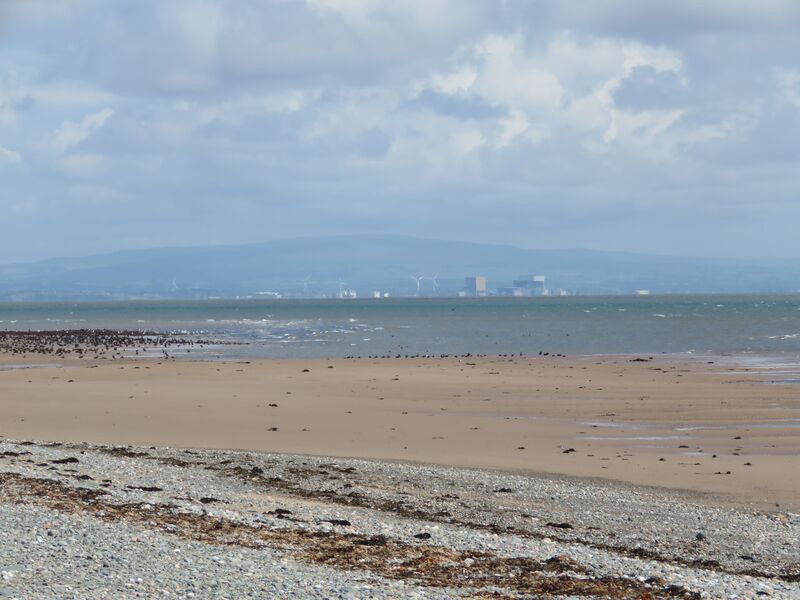

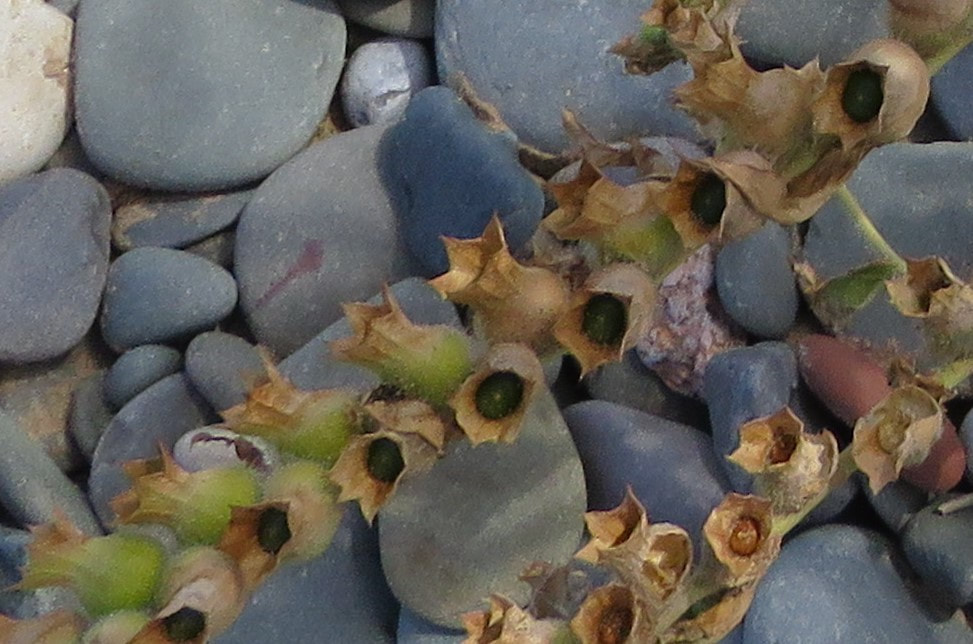
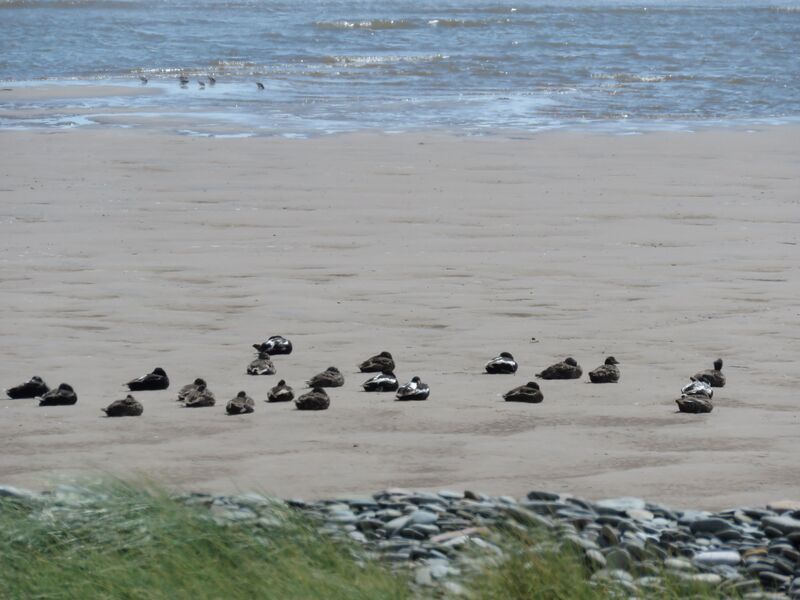
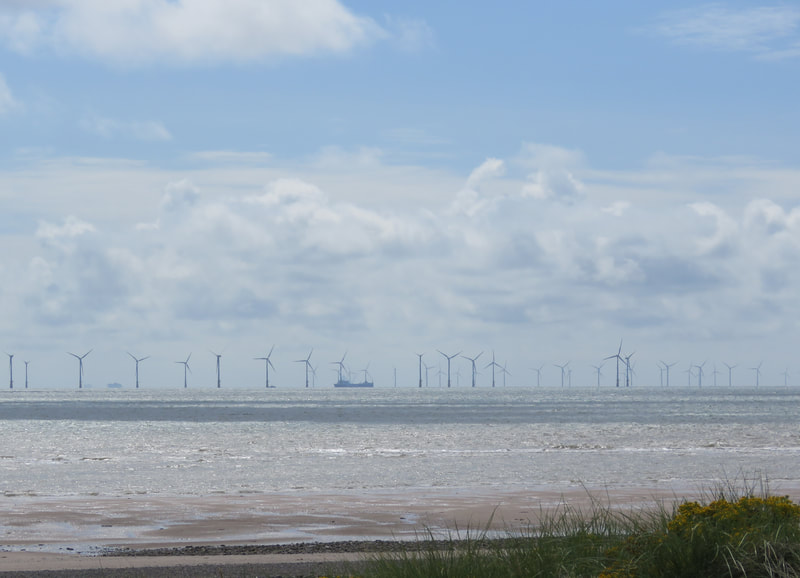
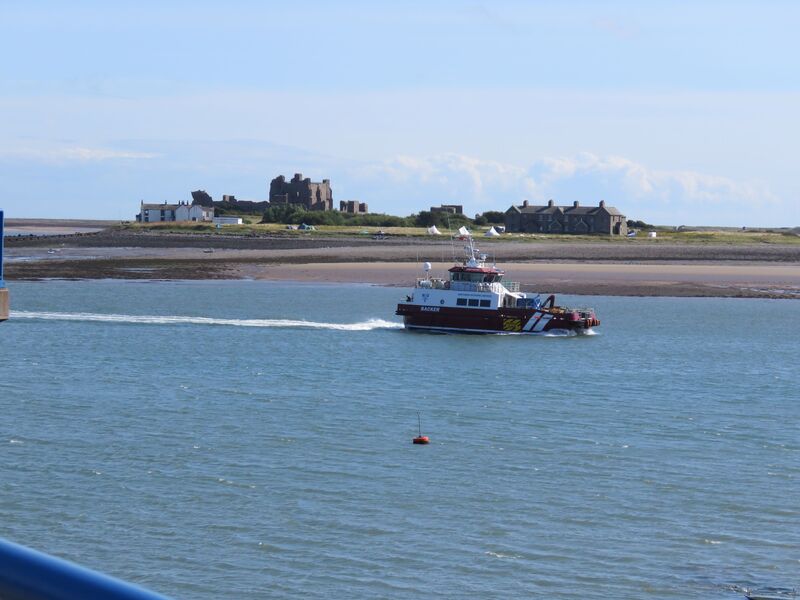
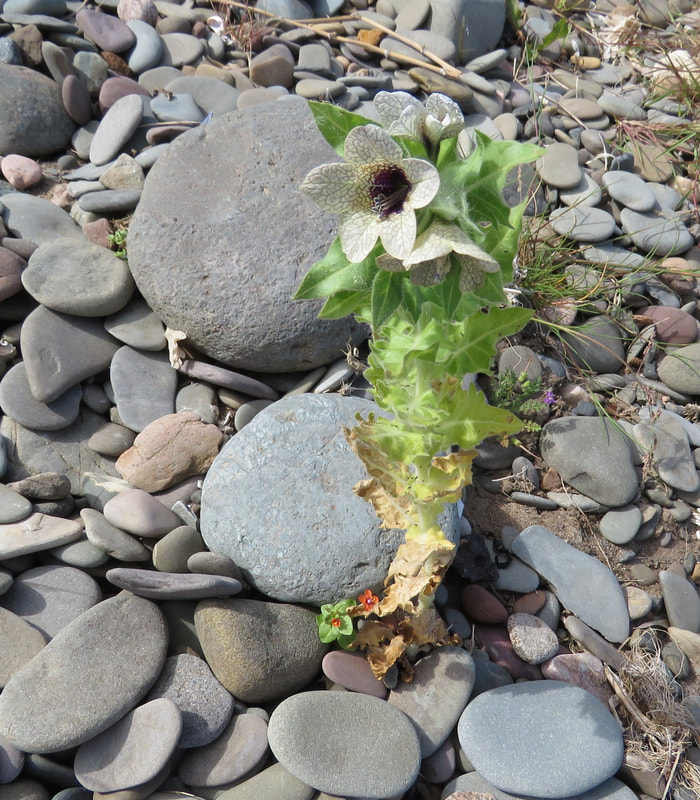
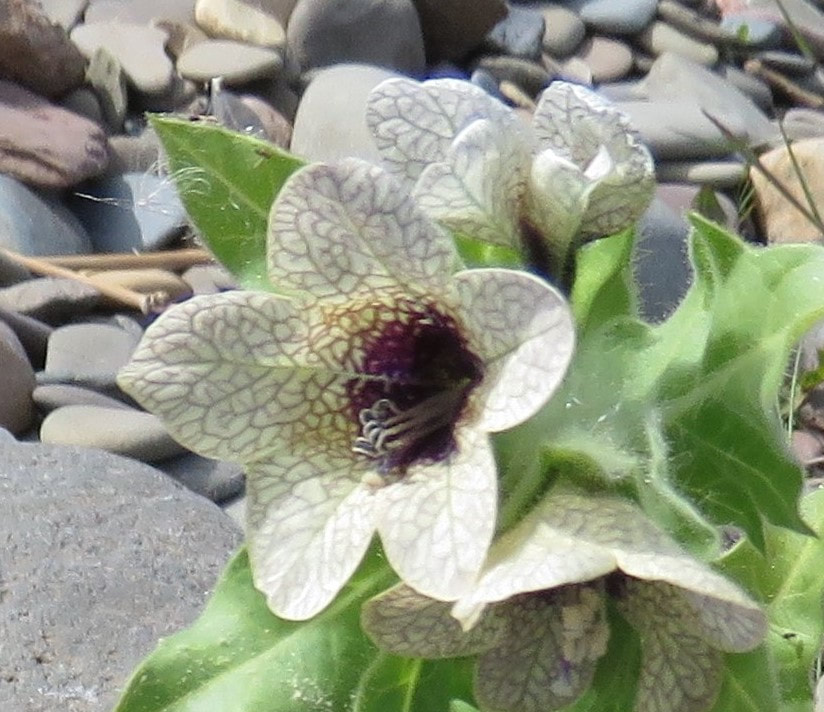
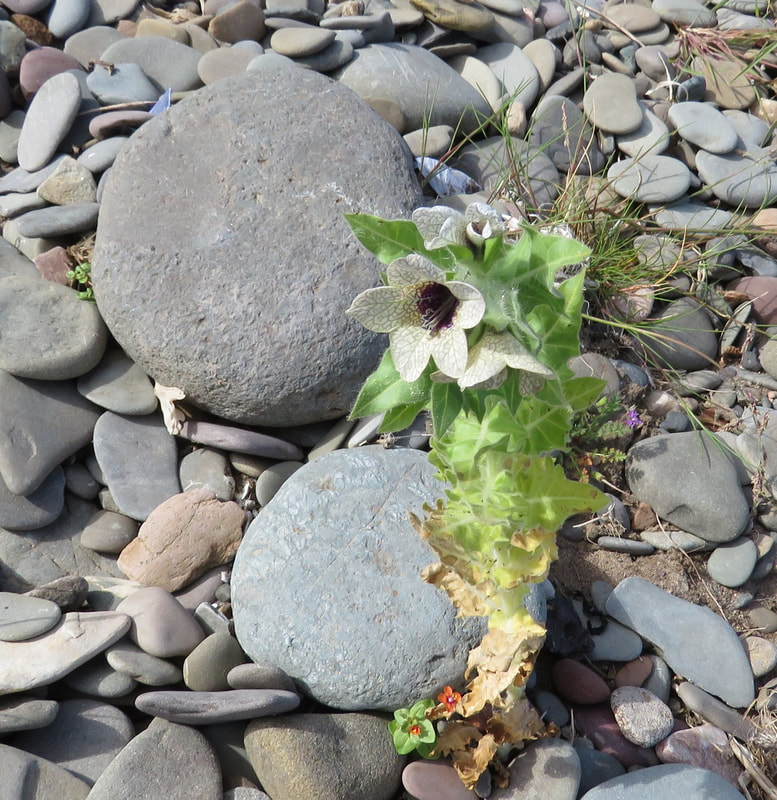
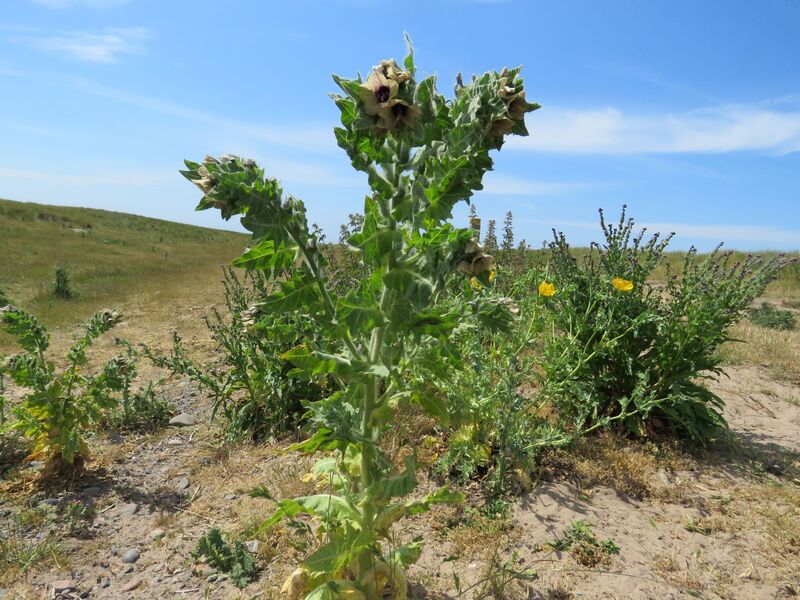
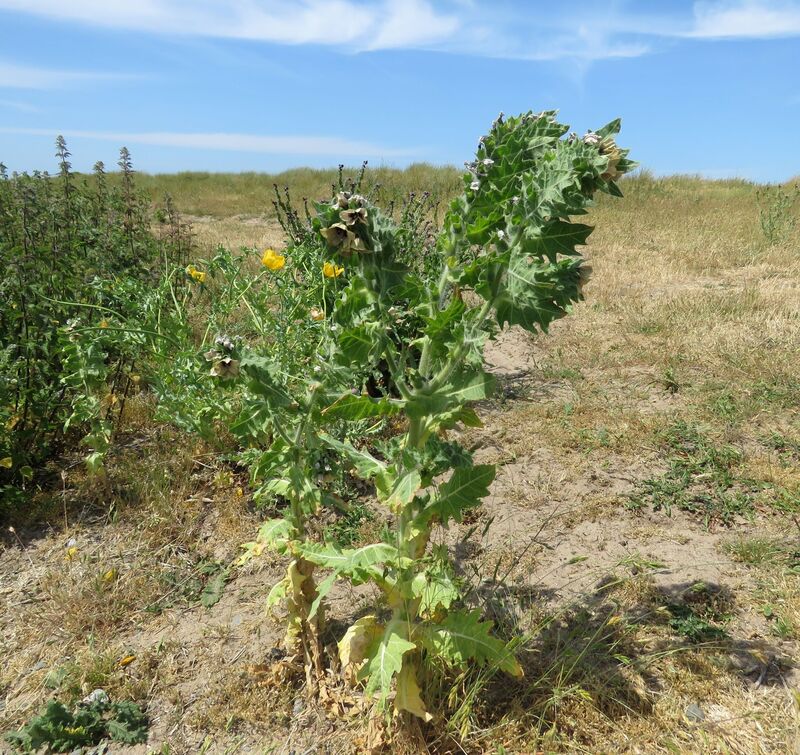
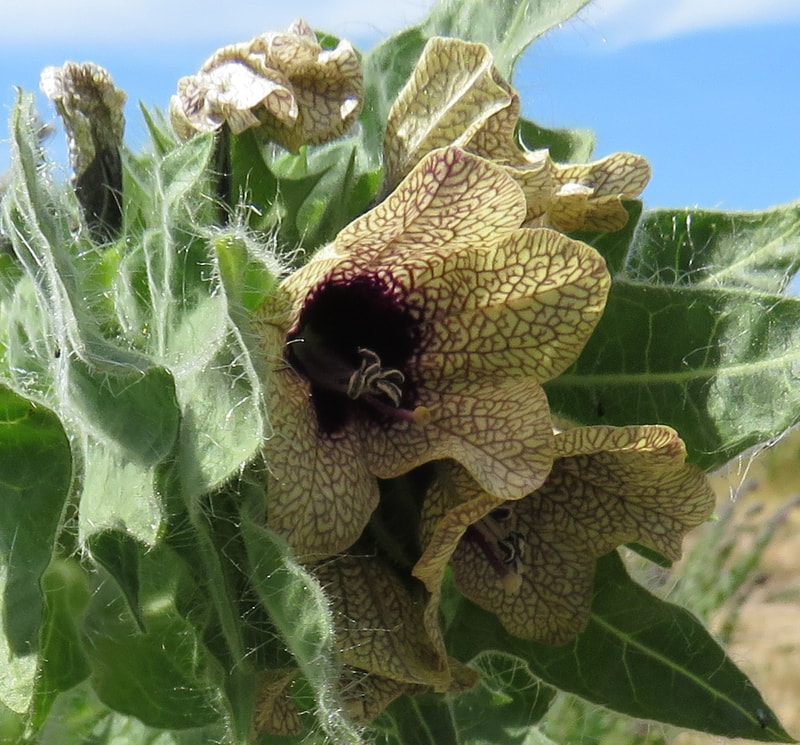
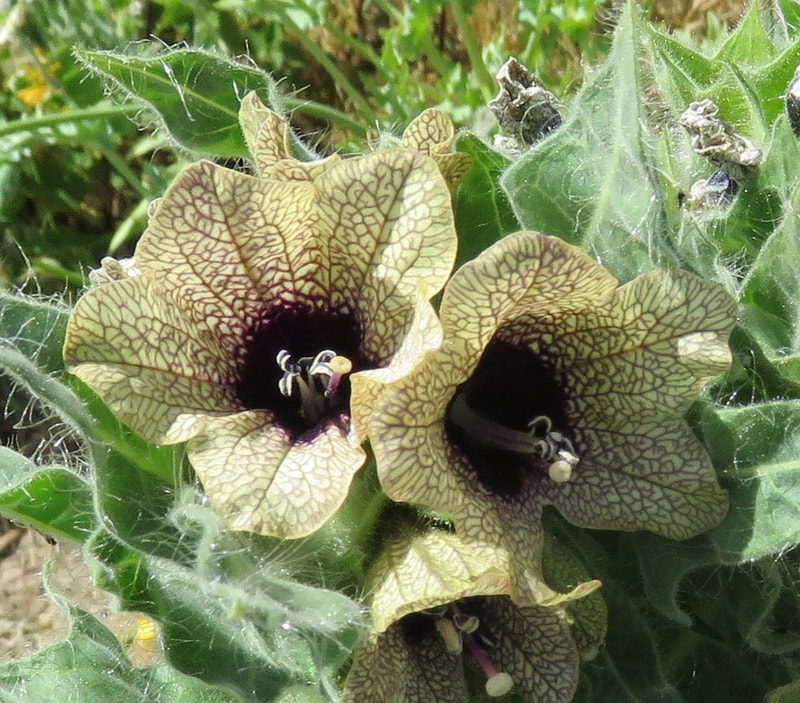
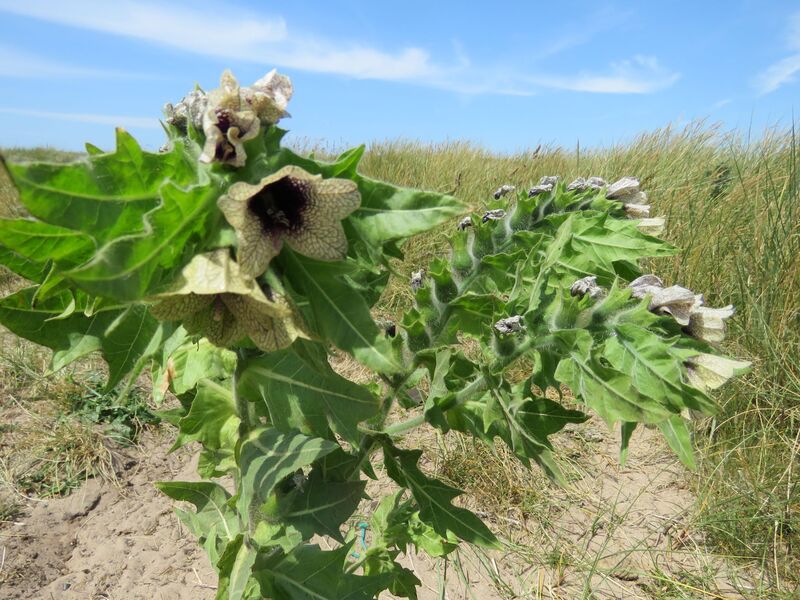
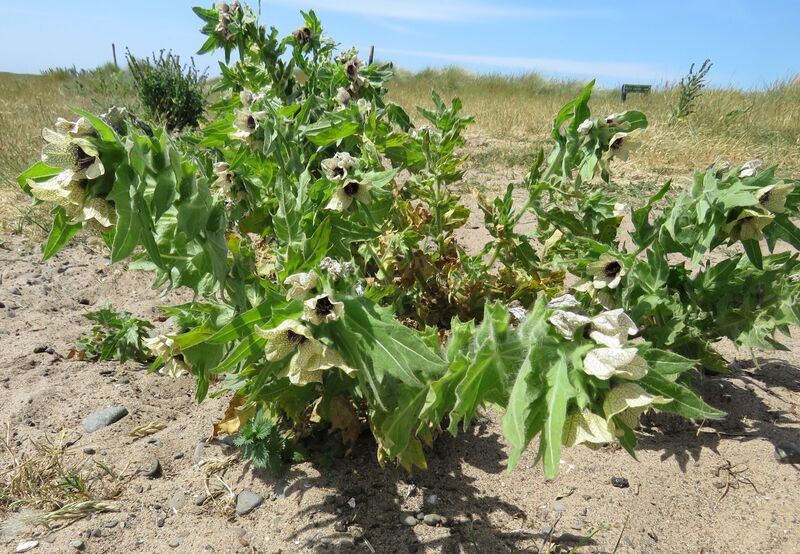
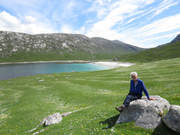
 RSS Feed
RSS Feed